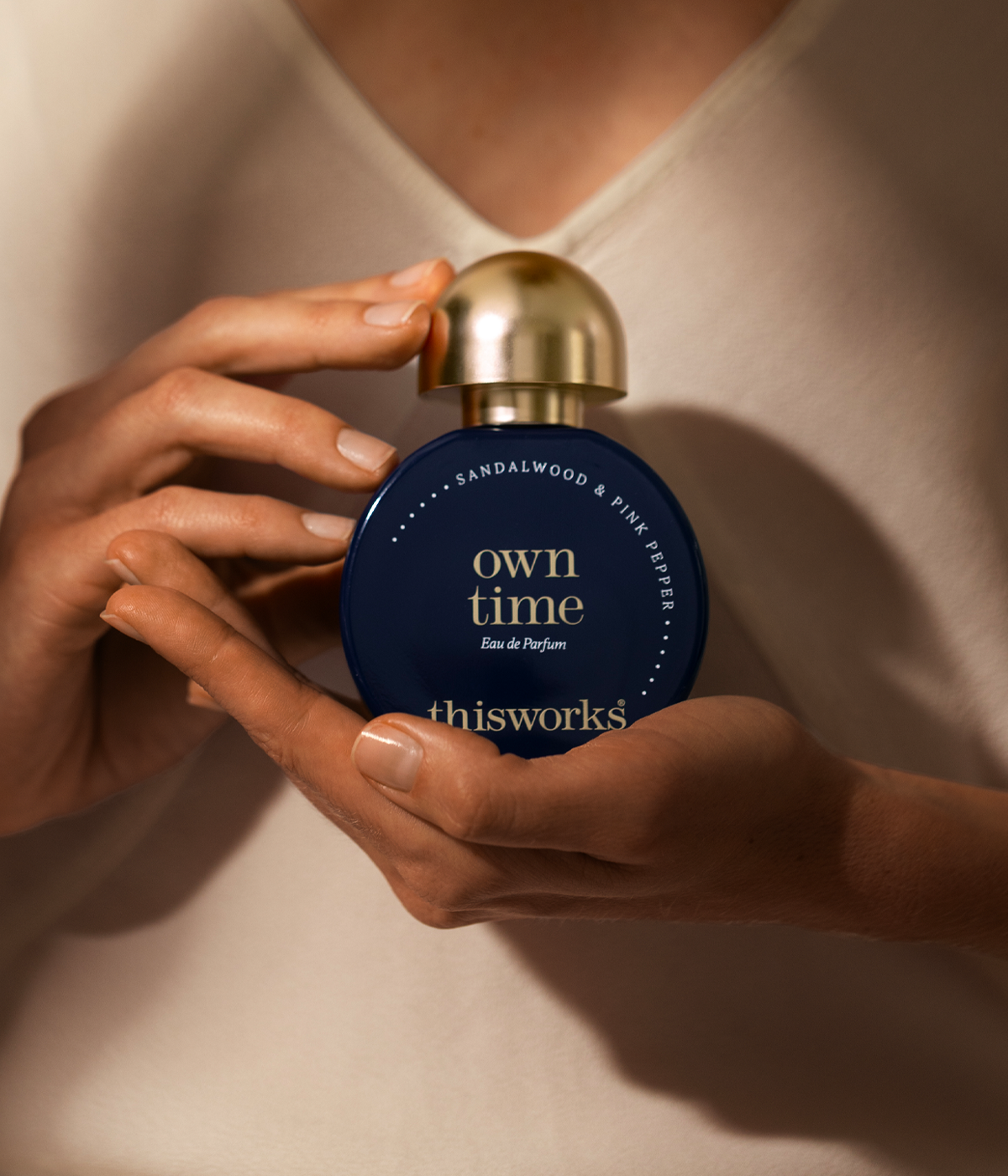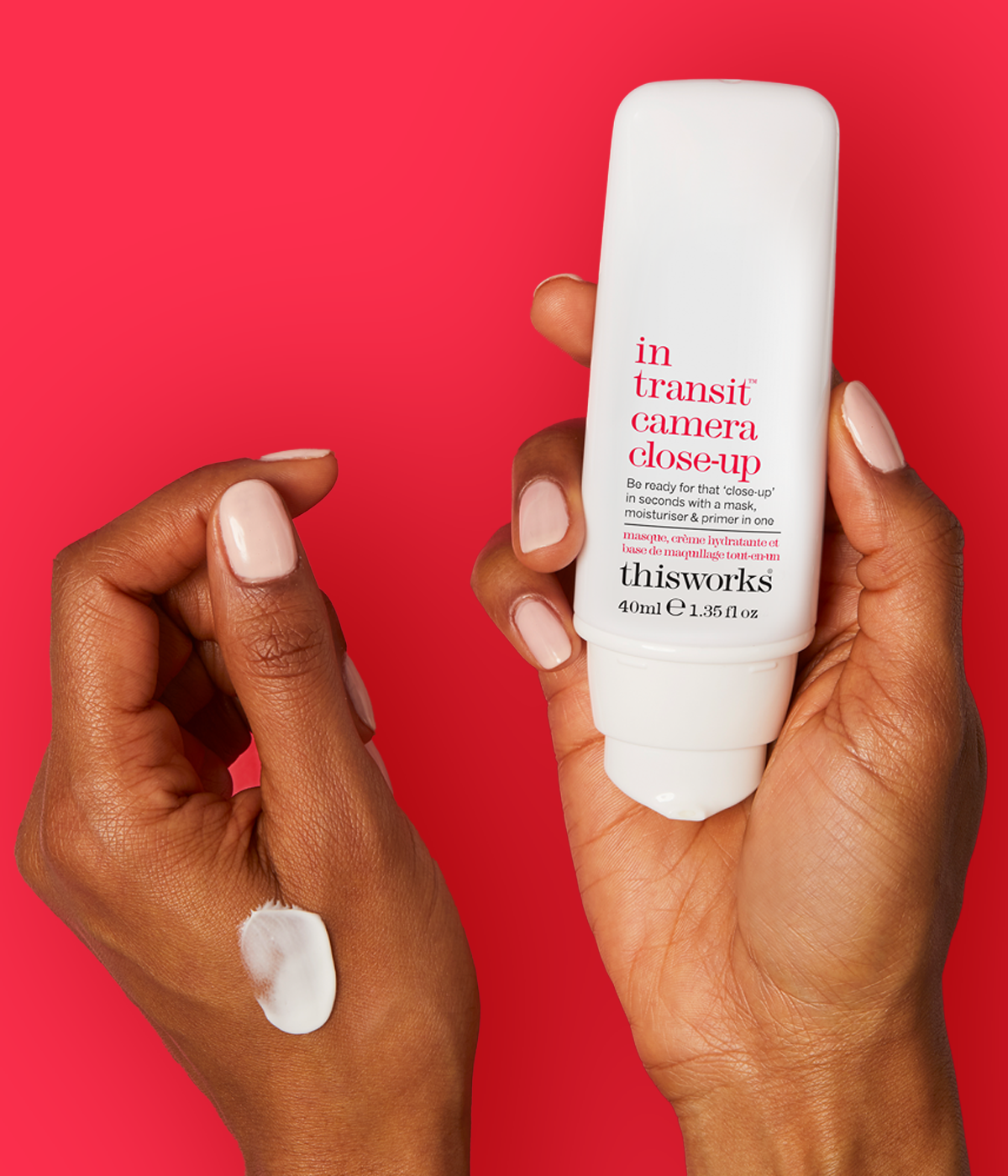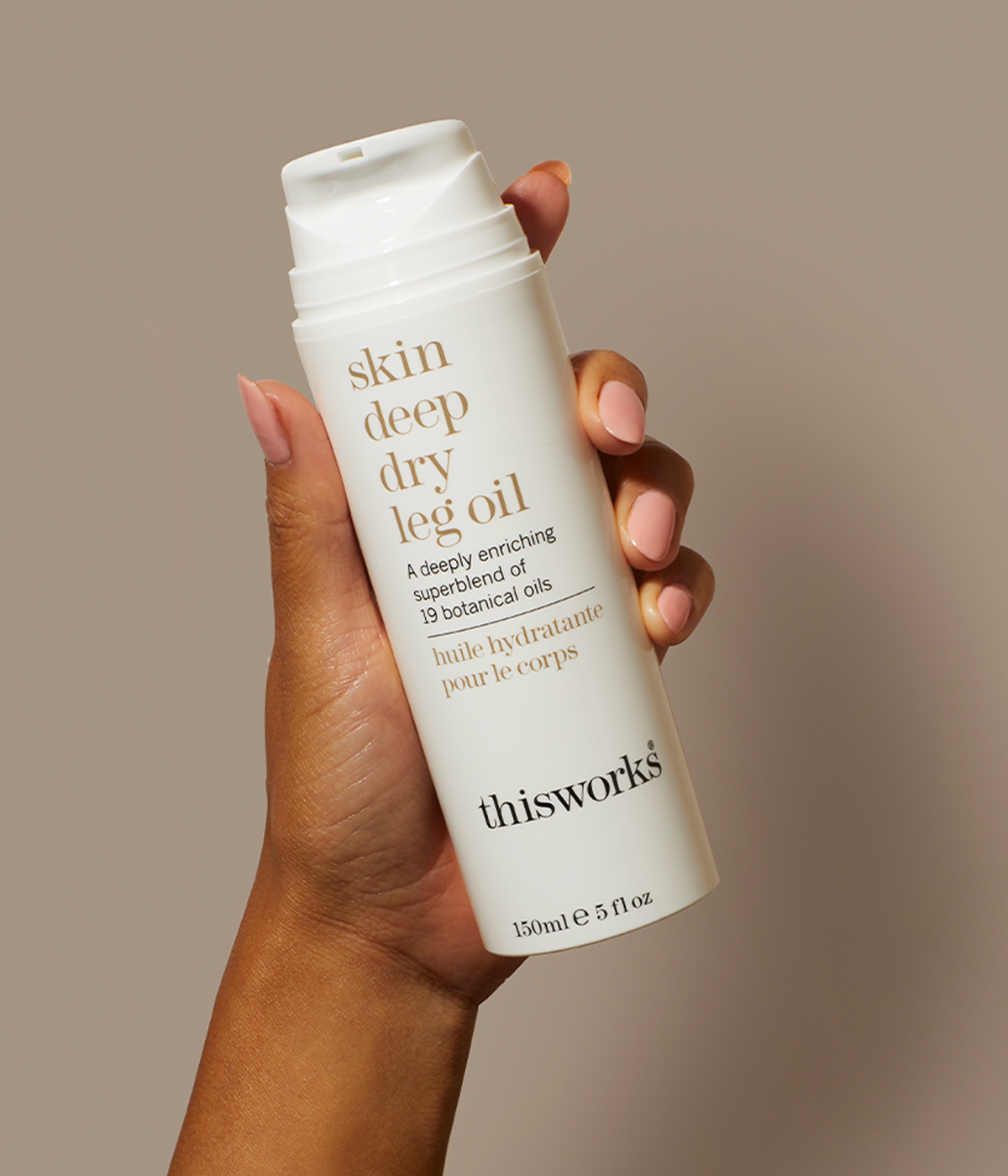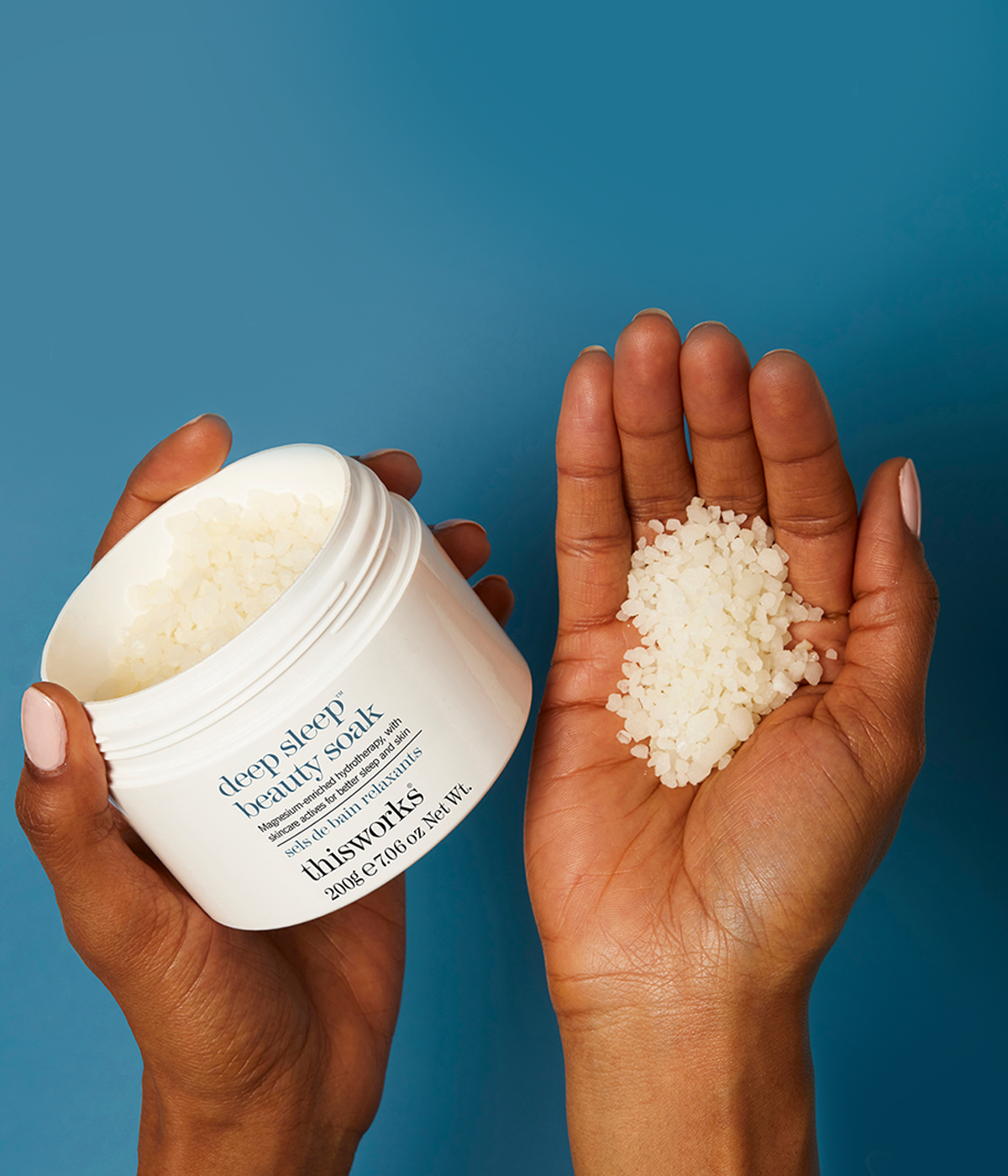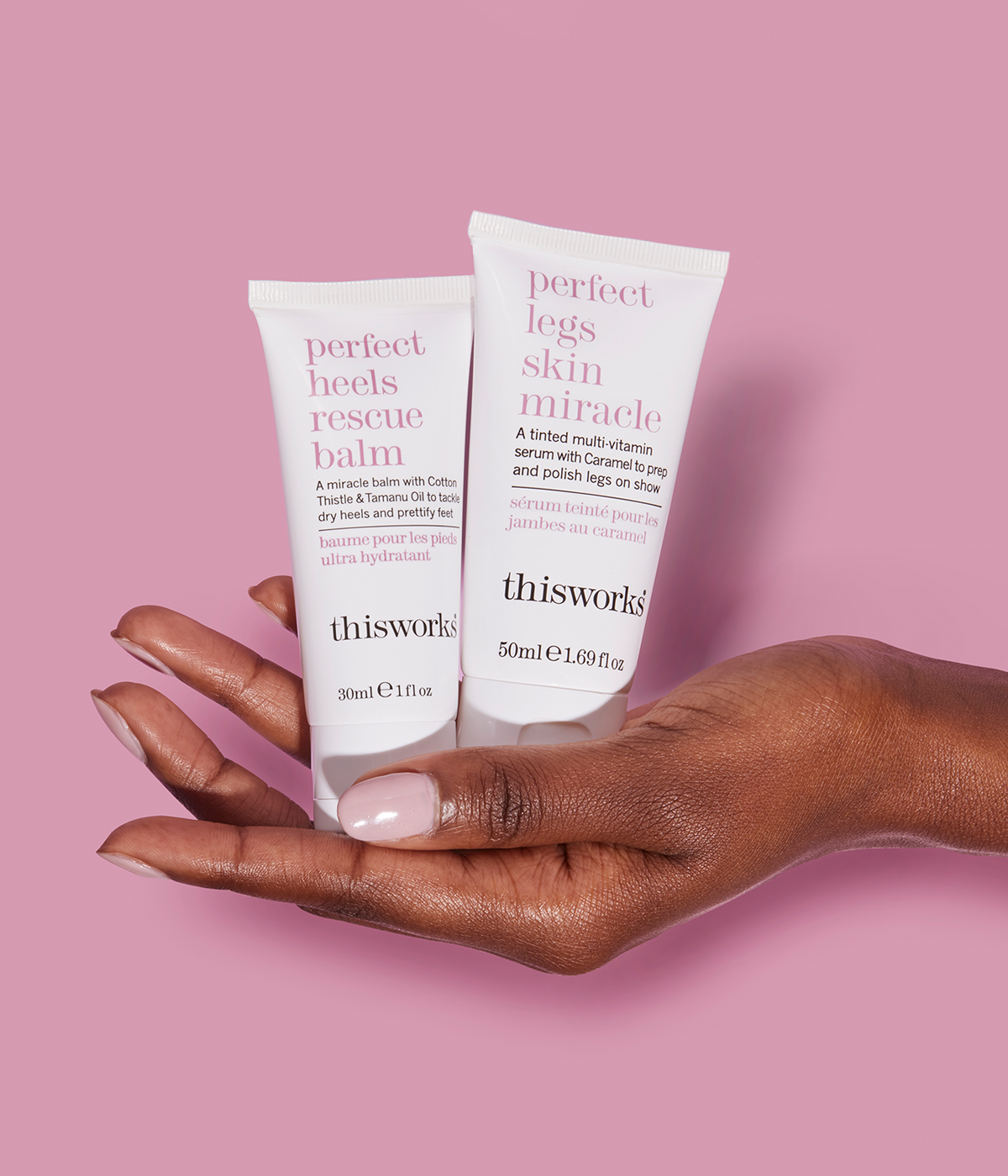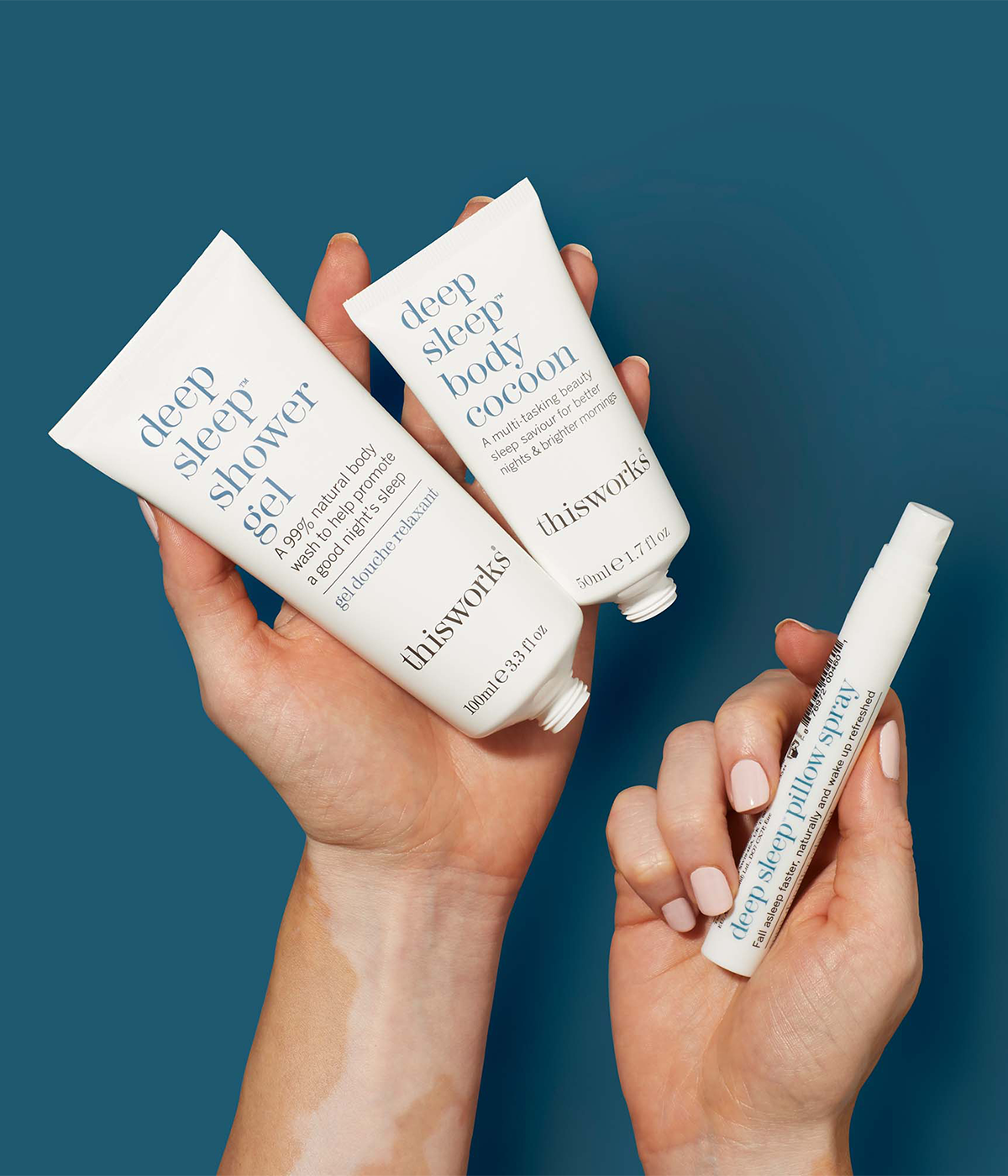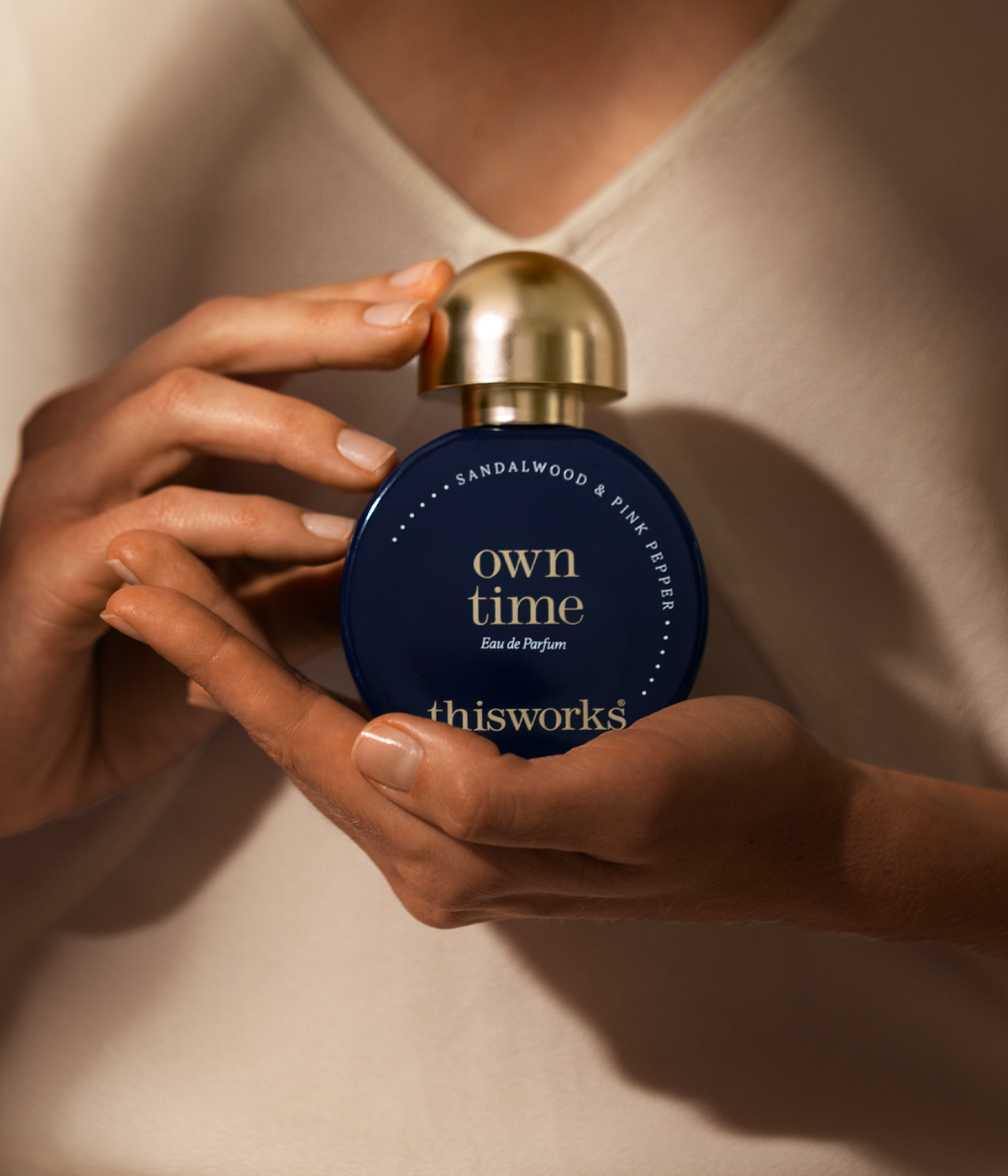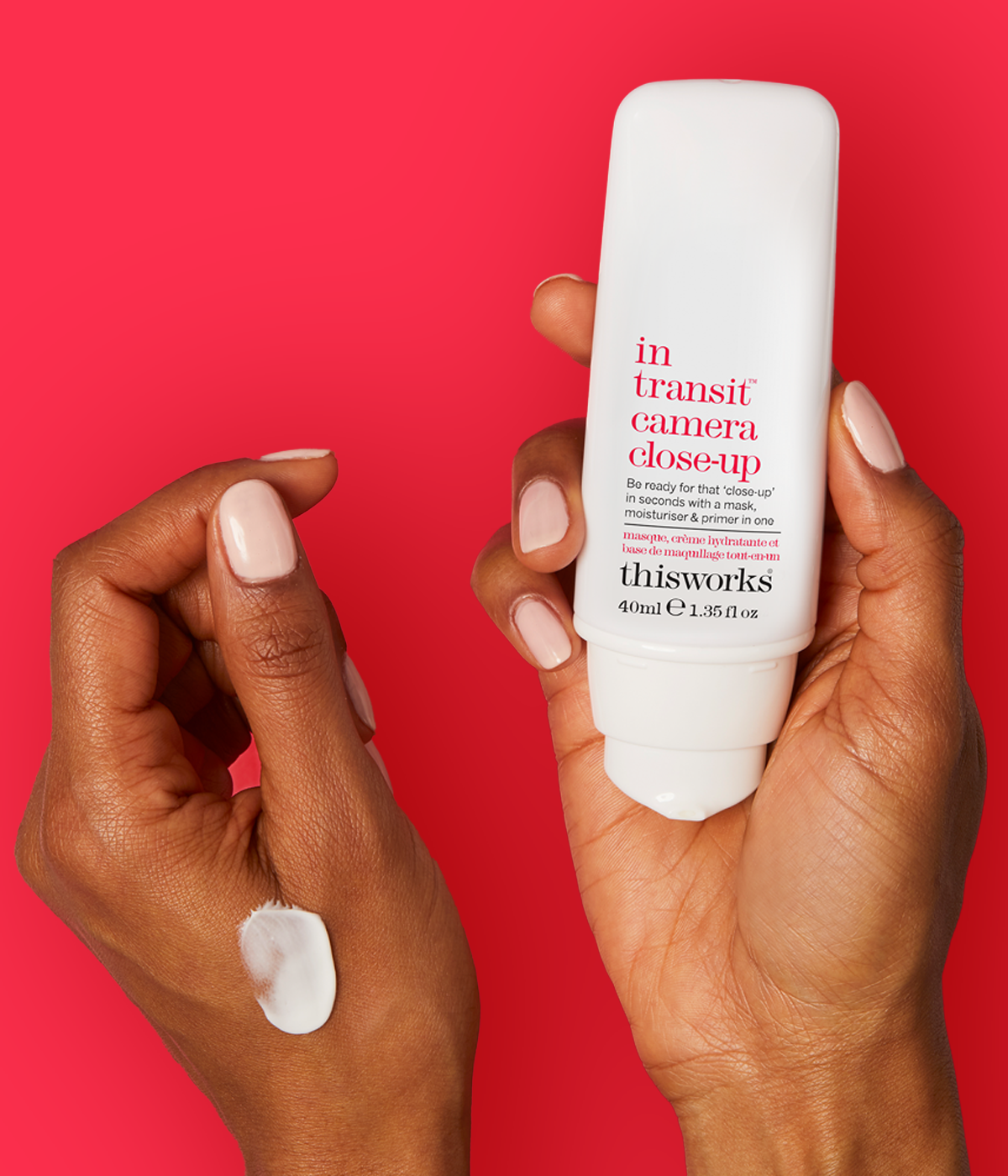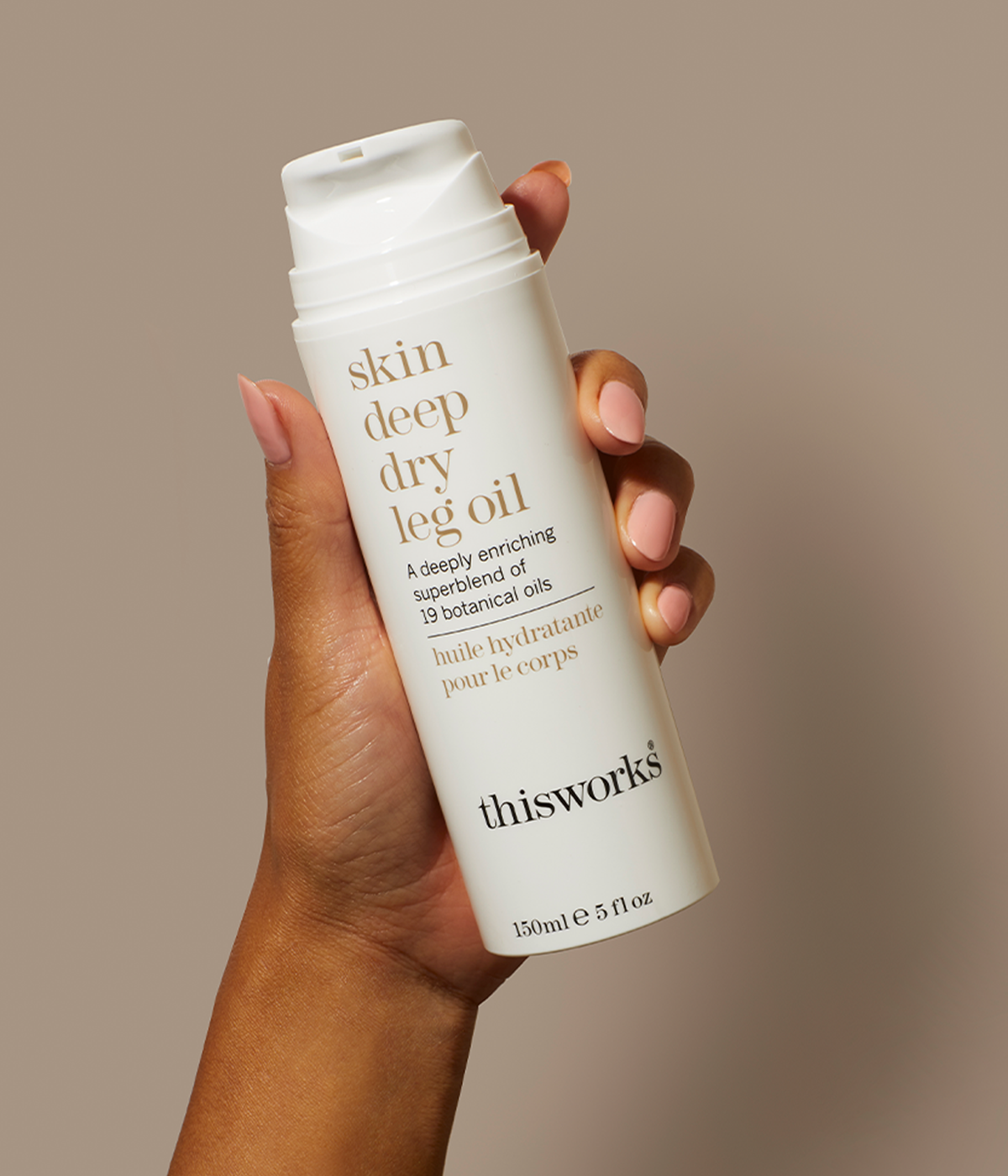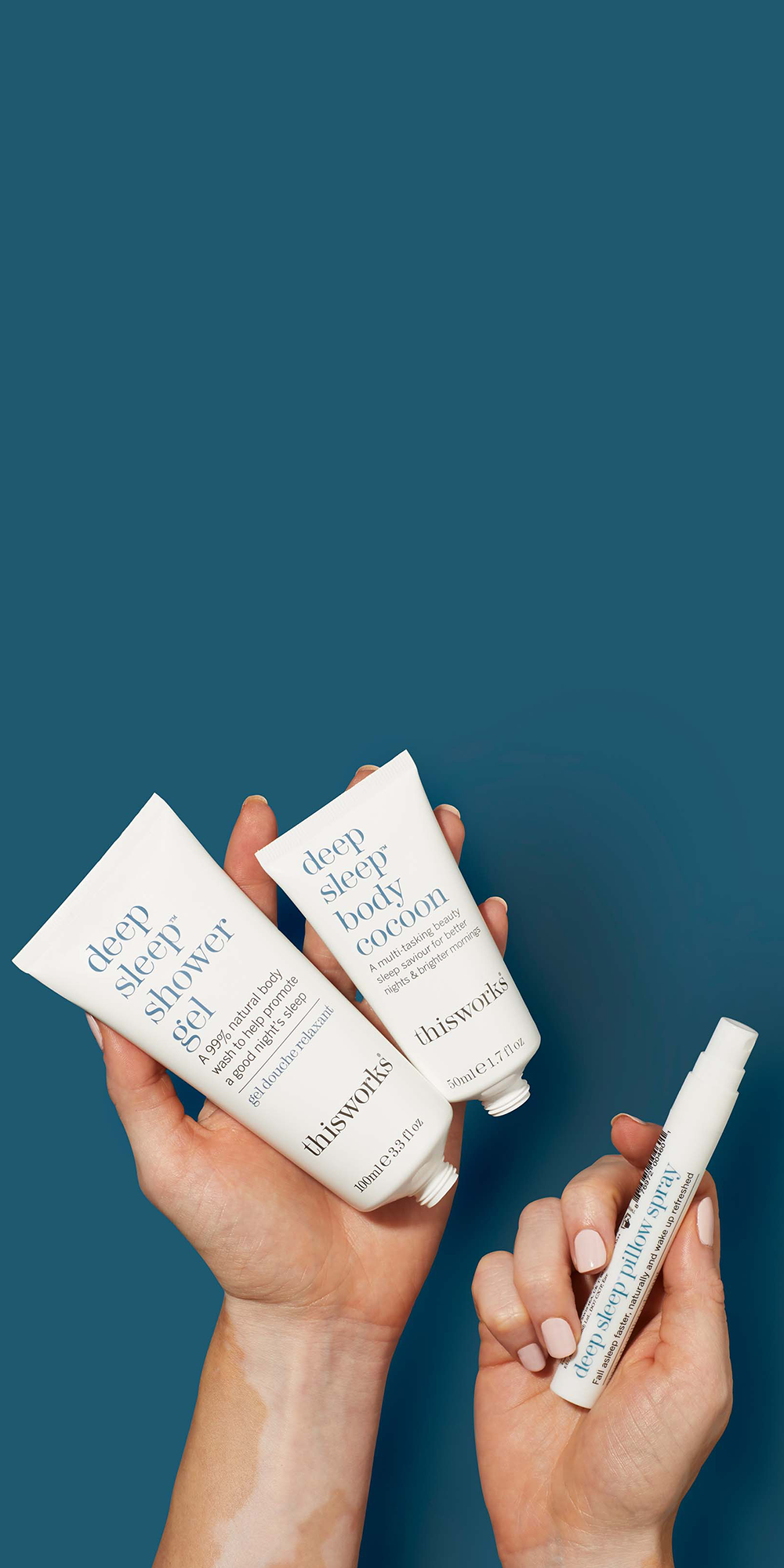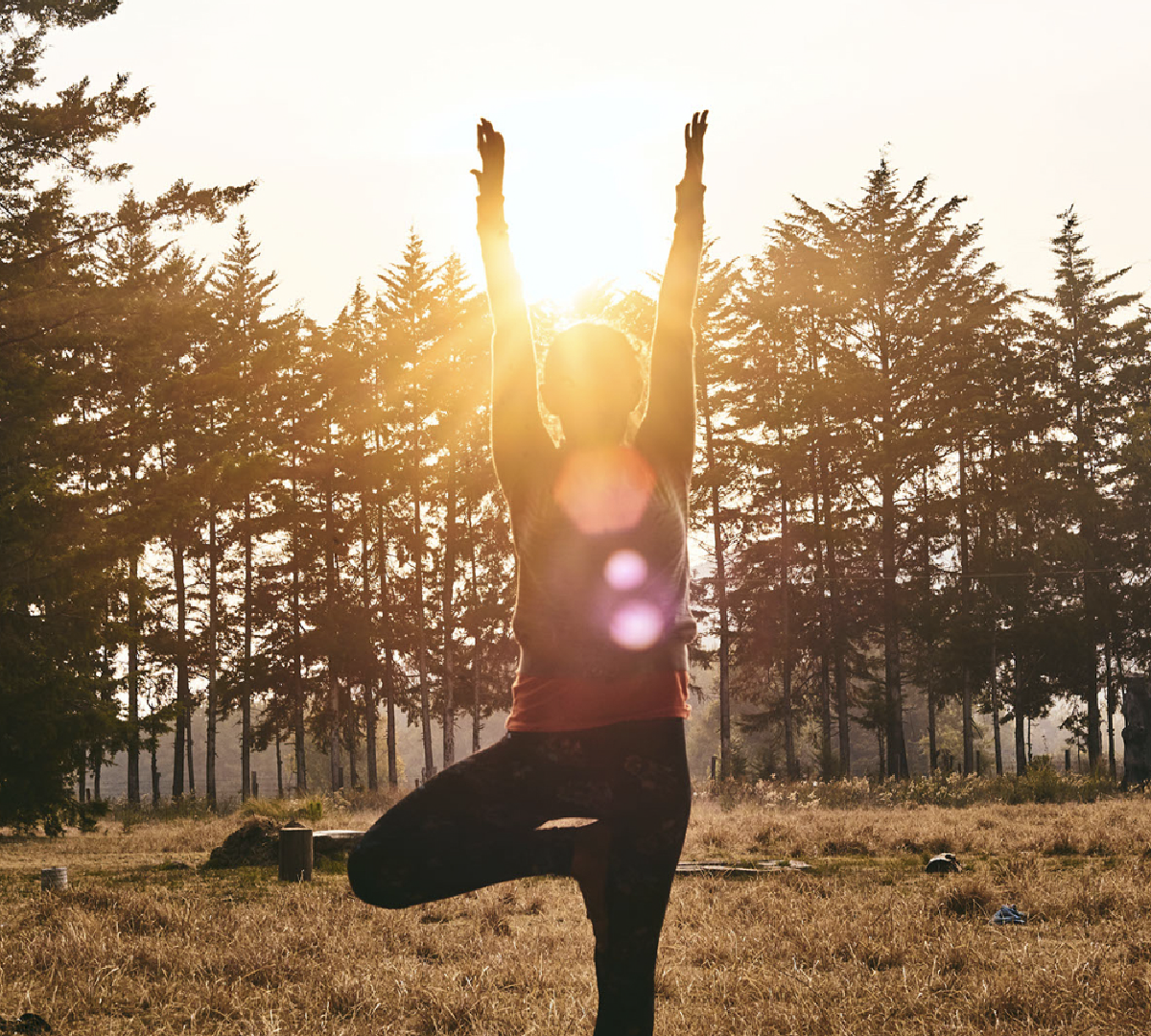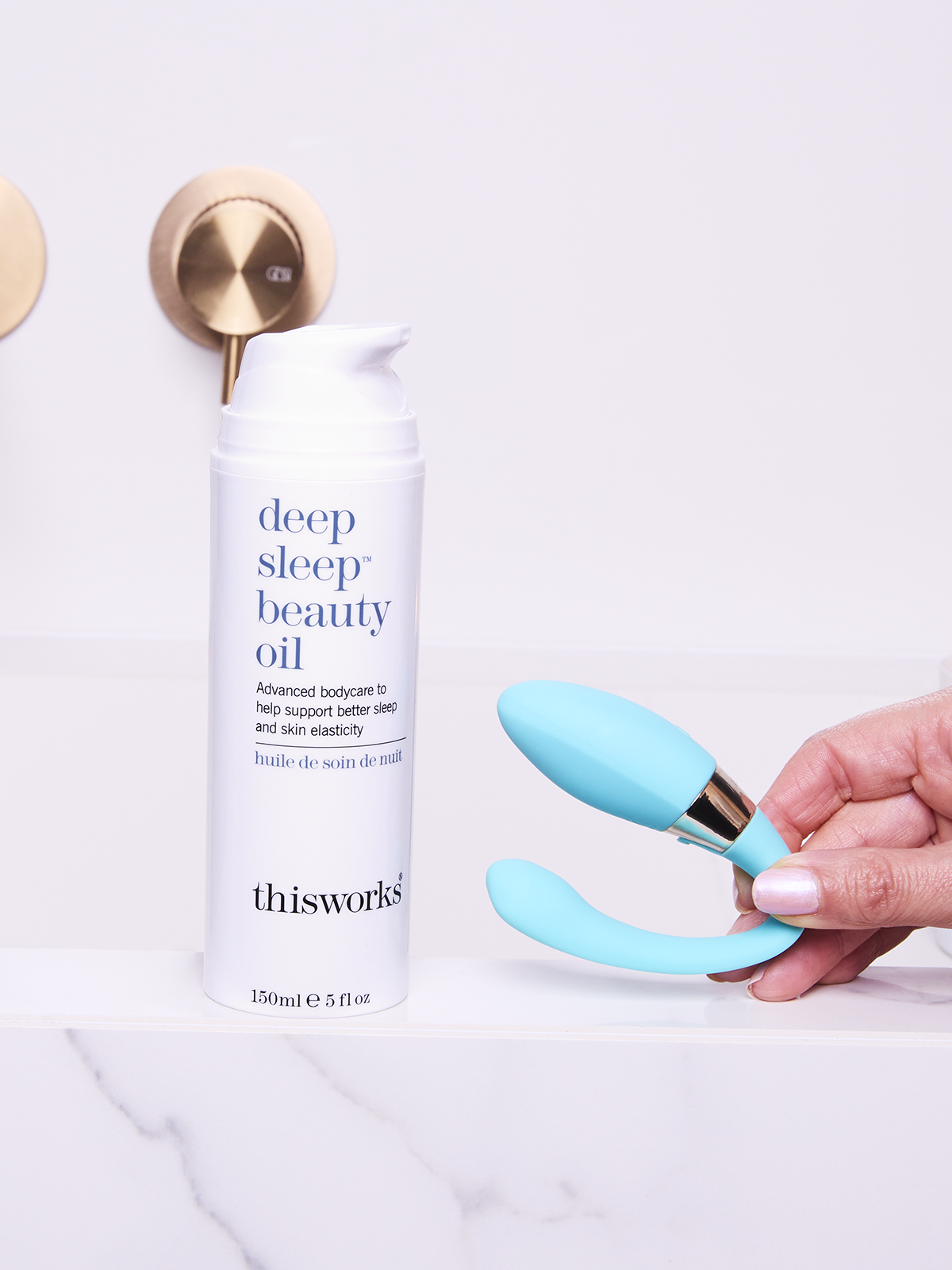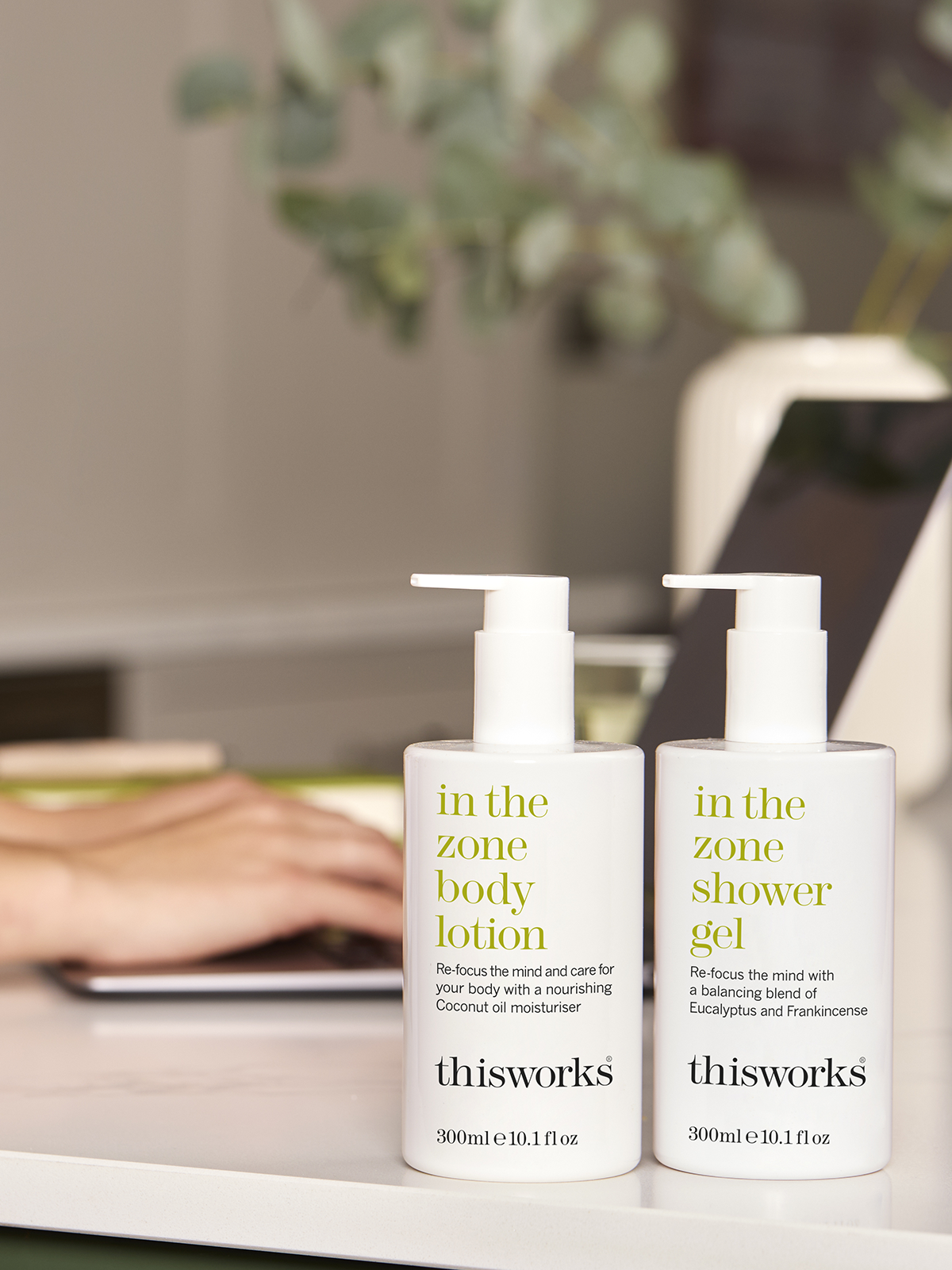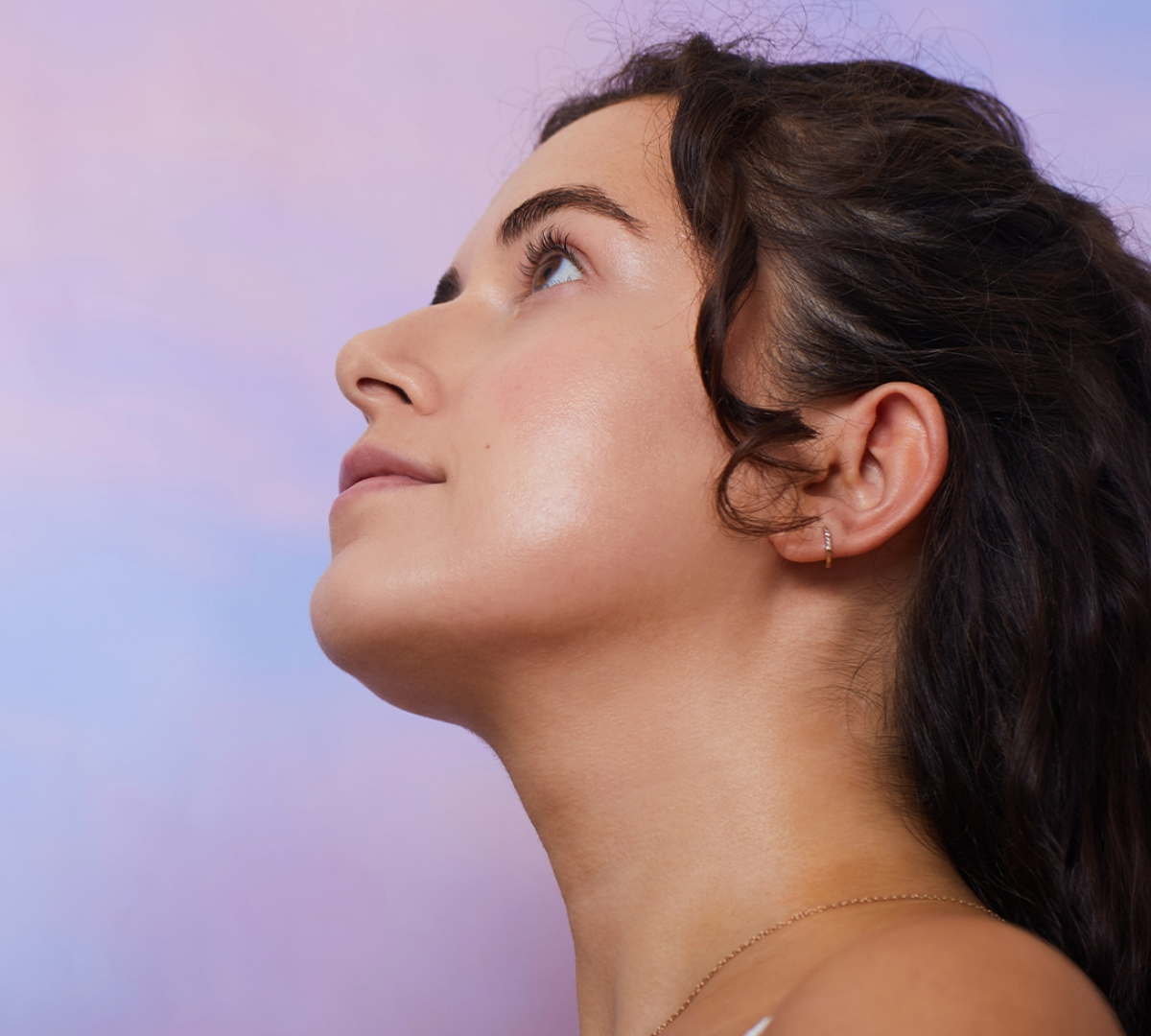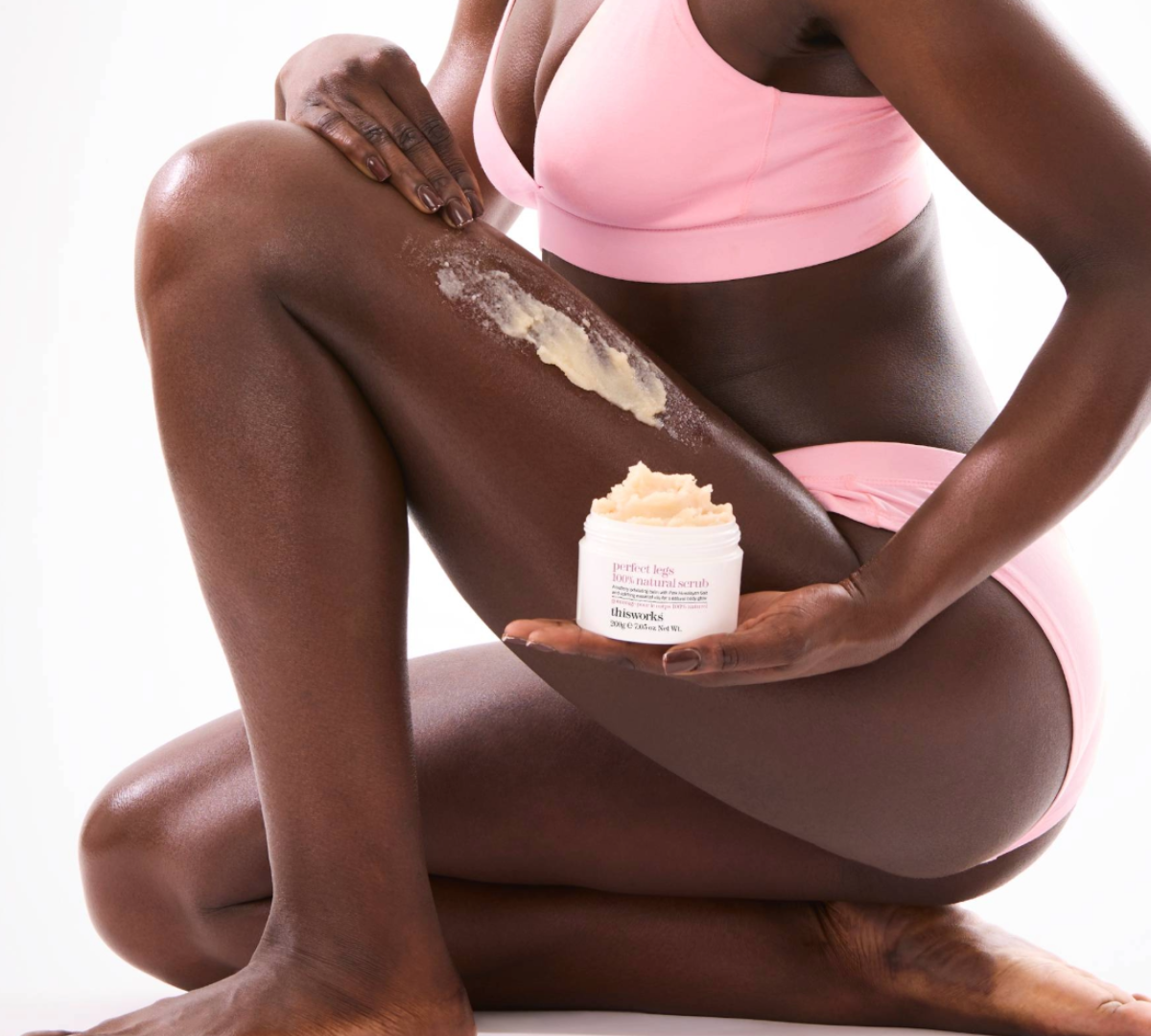body+care clinic with Dr Rao
NHS Consultant Dermatologist, Dr Archana Rao, shares her knowledge on a list of common skin concerns affecting the body.

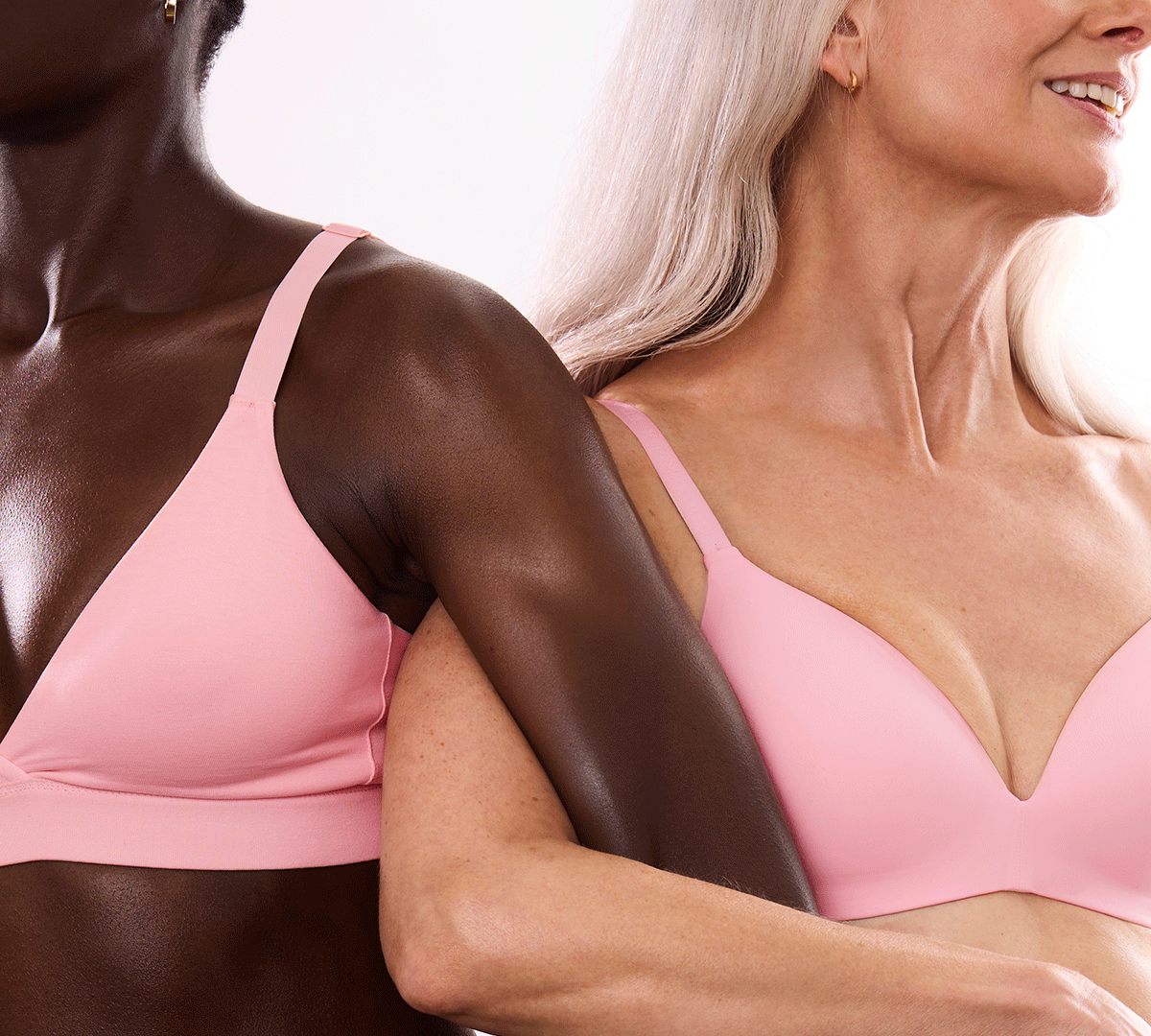
meet Dr Rao
Dr Archana Rao is a Consultant Dermatologist with specialist training from Imperial College, London, and international experience. A recipient of five scholarships from the European Academy of Dermatology and European Hair Research Society, she has a keen interest in hair disorders, leading her to run the only NHS-supported hair loss clinic in South West London. An active member of key dermatological societies, Dr Rao is an invited lecturer nationally as well as internationally and has presented several papers globally. Beyond her clinical work, she has volunteered in rural India and served on the frontline during the Covid pandemic. She has been awarded a gold medal for her research and is a recipient of clinical excellence awards at her local NHS Trust. In this blog post, Dr Rao discusses some of the most common skin concerns she comes across in her clinic.
bumpy and spotty skin?
"Keratosis Pilaris, those small bumps often found on the arms, thighs, and buttocks, is very common, especially in individuals with dry skin or eczema. It occurs when hair follicles become blocked by a protein called keratin, causing white or red bumps. While it usually clears up over time, moisturising, especially when the skin is damp, and using creams with urea, alpha hydroxy acid, glycolic acid, lactic acid or salicylic acid (for adult use only) can speed up the process. Avoid long, hot showers as these can dry out the skin even more and over-exfoliation, which can make the skin sore. If the issue still persists, see your doctor who can prescribe higher strength creams such as topical retinoids.”
“Folliculitis is an inflammation of hair follicles, leading to red, itchy bumps, in hair bearing areas of the body, such as neck, thighs, buttocks, armpits and torso. It is often caused by pores blocked with bacteria or fungi. Showering after workouts (or use of pool or hot tub), using medicated body washes, and moisturizing in the direction of hair growth can help. It's also important to avoid sharing personal items like towels. Avoiding excessive consumption of sugary foods and supporting immunity through a healthy lifestyle with exercise and a balanced diet can help. If the condition persists, seeing a specialist is advisable, as treatments can vary.”
how to manage stretch marks and dry itchy skin?
“Stretch marks are one of the most common reasons for people seeking aesthetic advice and are caused by rapid weight gain or loss. Stretch marks are typically found in adolescents and pregnant women, and they can range in colour from red, white to black. While medical treatment for stretch marks is limited, there are a few things you can try to do to help minimise their appearance. Where possible, avoiding drastic weight fluctuations. Using topical retinoid creams can be beneficial. For more persistent marks, pulse dye and fractional lasers can be effective.”
"Natural ageing of the skin results in loss of collagen, elastic fibre degeneration and shrinkage of oil glands. The skin barrier weakens, becomes drier and allergenic. If dryness continues, it can lead to the breakdown of skin into red & itchy patches. Avoiding harsh soaps, taking shorter, cooler showers, and moisturizing immediately after bathing can help maintain the skin’s barrier. If the itching persists, it’s important to rule out underlying medical conditions like thyroid issues or low iron levels by getting these checked by your healthcare provider.”
how can we protect our skin from sun damage?
"Sun-damaged skin becomes dry and flaky. On sun exposed sites like the back of the hands and forearms, skin can become especially wrinkled and bruise easily. Severe sunburn can lead to red, sore and blistered skin. Darker skin may be naturally better protected against burning caused by UVB but is more prone to hyperpigmentation induced by visible light and UVA. Although it is not possible to reverse all the effects of sun damage, Vitamin A derivative creams such as tretinoin and procedures like chemical peels and lasers done by a suitable professional, can help improve the quality of the skin. Medical advice should be sought for the treatment of sun burns and actinic keratoses (areas of red, scaly skin) which are often predisposed to skin cancer.”
"It's true that you can get too much of a good thing, especially when it comes to the sun. Exposing our skin to sunlight supports Vitamin D production which plays a vital role in bone health and optimum functioning of the immune system. While the sun is essential to our psychological and physical well-being, excessive sun exposure can dry the skin, cause hyperpigmentation, collagen breakdown and contribute to the development of skin cancer. The best way to safely enjoy sunny days is by using a broad-spectrum sunscreen that protects against the entire solar range of UVB, UVA and UVA1 and should have an SPF of 50 with 4- or 5-star rating. Keep the skin nourished and hydrated after a day in the sun by using moisturising creams containing alpha hydroxy acids, lactic acid and urea, although these should not be used on sunburnt skin."
“One important thing to note about skin cancer (or any cancer for that matter) is that it does not discriminate, and while it is more common in the elderly, it can be found in younger people too, especially those that see little sun throughout the year and then over-do the sun exposure for a few weeks on holiday. There are many different types of skin cancer but melanoma is the most dreaded and unfortunately, the fifth most common cancer in the UK. The best way to reduce your risk and safely enjoy the benefits of the sun is by avoiding sunlight when UV rays are highest, usually between 12 pm – 3 pm. Doing this, alongside wearing a hat and regularly applying a high-factor broad-spectrum SPF allows you to enjoy the summer months without increasing your risk of skin cancers. Aside from this, regular skin examinations by a healthcare professional can help catch an asymmetrical, irregular, dark and/or rapidly changing mole before it spreads or grows.”
sensitive skin, varicose veins and skin growths?
“If you find your décolletage (neck, chest and breast area) to be sensitive, it’s because this area contains fewer oil glands compared to the face and is often overlooked in your sun and skincare routines, making it susceptible to dryness, collagen depletion, loss of elasticity and sun damage. As with all sun-related skincare concerns, prevention is much more effective than treatment, so wearing a high-factor, broad-spectrum SPF designed for sensitive skin is a must. Avoid spraying perfumes directly onto this area, harsh and / or fragranced soaps and perfumed moisturisers, and opt for something gentler or specified for this delicate area. If the level of pigmentation or damage is extreme, some creams containing active ingredients like Retinoids, Vitamin C and Hyaluronic Acid may help.”
“The lower legs are a place that naturally experiences a lot of strain. Extra pressure through pregnancy, weight gain or a sedentary lifestyle can make it even more difficult for blood to be pushed against gravity – increasing the pressure in our veins and causing fluid to seep into the surrounding tissue. This build-up can irritate the skin, resulting in eczema, dark-coloured patches (skin staining) and varicose veins. The best way to prevent skin staining? Get moving! An active lifestyle through walking, gentle exercise or whatever movement feels good for you is key, along with maintaining a healthy lifestyle and weight. Aside from this, regularly massaging the leg area with a hydrating moisturiser and keeping the legs elevated can help to relieve stagnant blood.”
“Did you know that it is estimated that 90% of the population over 60 years old will have one or more skin growths or warts? Most skin growths and warts are harmless and non-contagious (but it is or course very important to have any form of skin growth checked by a medical professional to rule out skin cancers). While they won’t affect your health, they can negatively impact self-esteem. Medically, they aren’t seen as a cause of concern, but they may get inflamed, irritated or caught on clothes, which makes them a nuisance to live with. Depending on the type and extent of the wart, it can be treated effectively with freezing, lasers or physical removal, but you must not attempt to remove these using home remedies or methods, as this can result in infection and scarring. If you do want to remove it, you should have it checked out to rule out anything sinister and then discuss with your doctor the best method of removal.”
